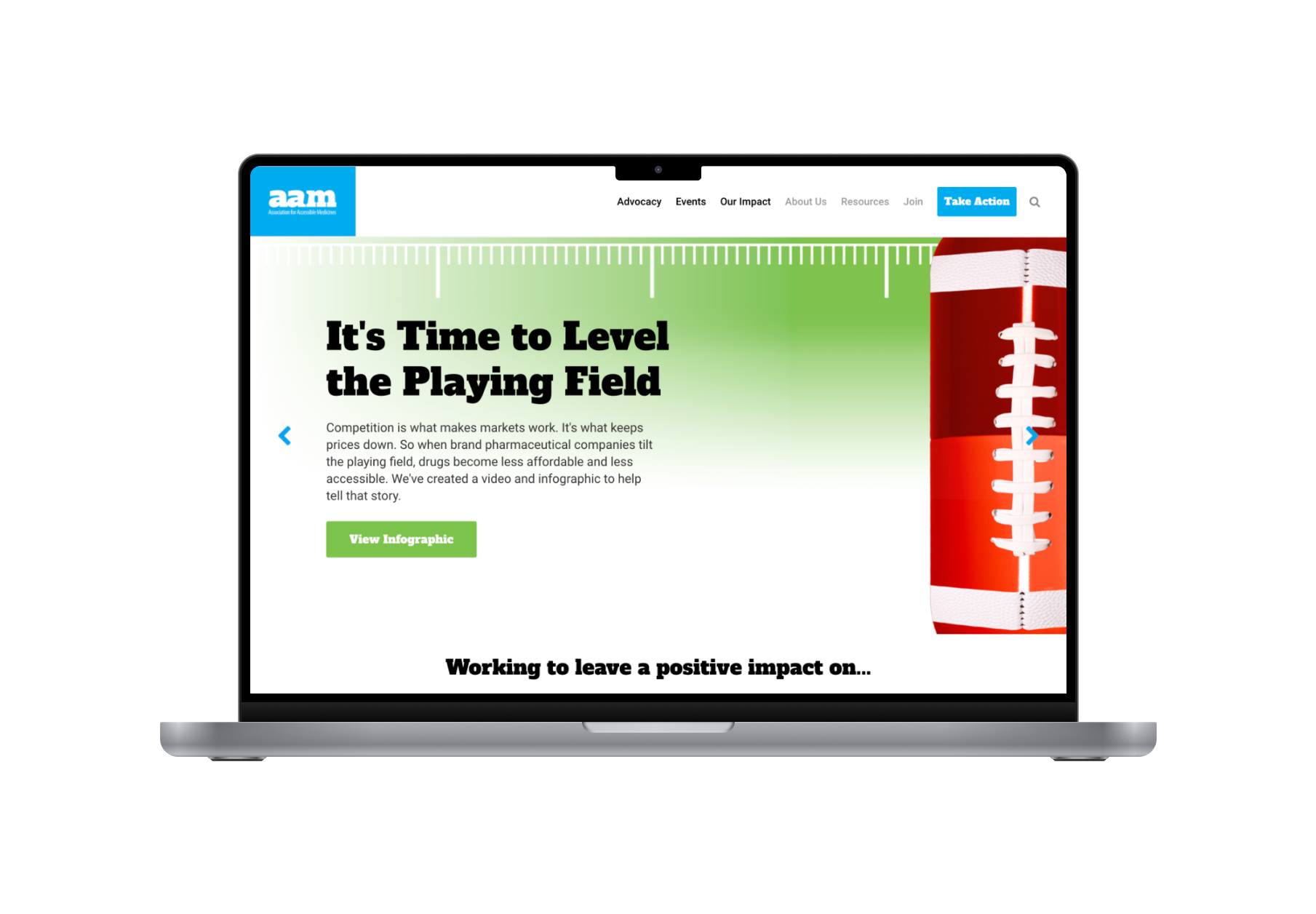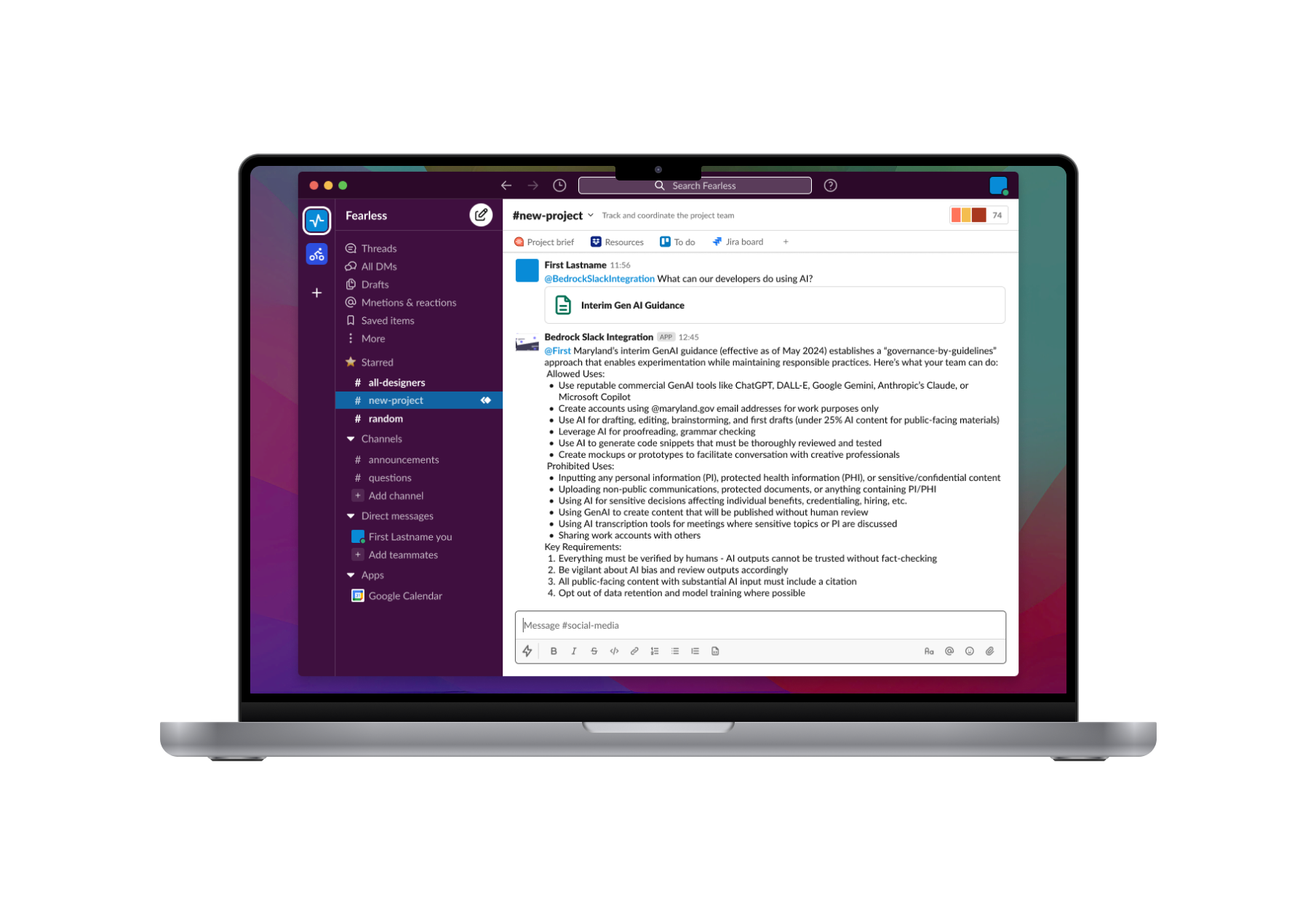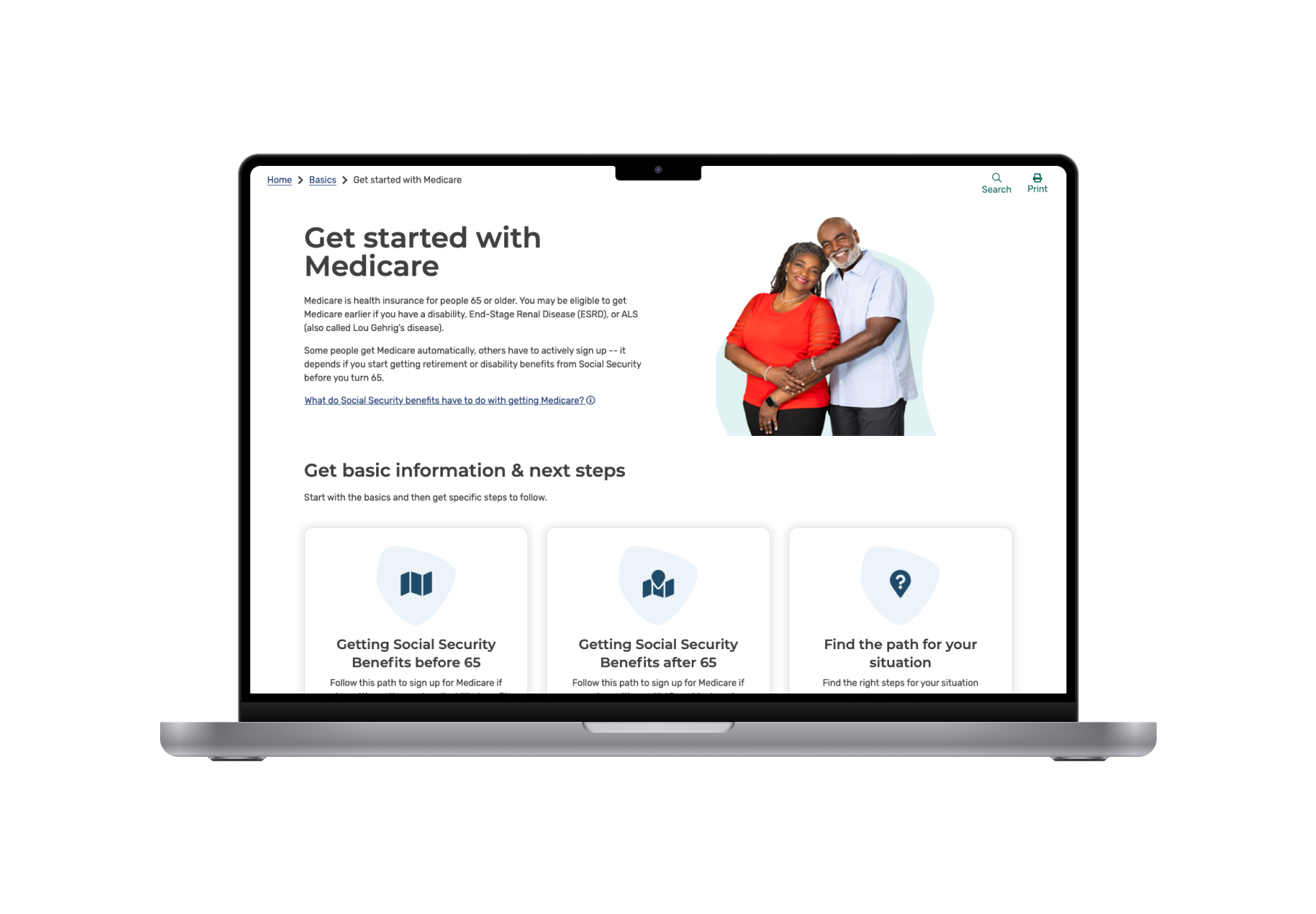
Transforming a dated website into a modern hub for information about biosimilar medicines
We designed a new website to help the advocates for generic and biosimilar medicines and drive engagement with their users and bring their brand to life.
Designing a service to improve the recovery process for heart attack survivors.

Heart attacks are a leading cause of death and disability worldwide. People who survive a heart attack often face a long and challenging recovery process. They may need to make significant lifestyle changes, manage new medications, and cope with the emotional and psychological effects of their experience.
We were challenged to design a service that facilitated the recovery process for survivors of heart attacks as part of the Service Design Network's Practitioner Curriculum.
On this project, I worked alongside a team of other service designers to identify a problem and generate a solution.
This project took place over 12 weeks as part of the Service Design Network's Practitioner Curriculum course.
Desk research, user interviews, personas, service blueprint, co-creation, rapid prototyping
The first phase of the project was to develop a deep understanding of the problem that our solution is aiming to solve. This involved gathering data from a variety of sources, including stakeholders, literature, survivors, and doctors.
Before we began doing any actual research, we sought to understand the expected vision for the service we were being asked to design to uncover any immediately known requirements or potential pitfalls we might need to plan around as we go into deeper research.
Once we’d completed our preparatory research, we did some secondary research to understand common knowledge about heart attack recovery and ensure the direct user research we conducted after was not duplicative of information already uncovered and instead augmented the team’s knowledge.
We used Google Scholar to find peer-reviewed journal articles about heart attack recovery, searched the websites of heart health associations (like the American Heart Association) to identify common resources and doctor recommendations for recovery, and scanned social media and other places on the internet where we could find direct quotes from heart attack survivors about their journey in recovering, including any pain points they faced.
1 in 5 people who have a heart attack are readmitted into the hospital for their second within five years.
Through our desk research, we uncovered that people who have suffered a heart attack often face a difficult and complex rehabilitation process. They may need to make significant lifestyle changes, manage new medications, and cope with emotional challenges. Returning to meaningful work can be especially challenging, as people may be worried about their physical and emotional health, and they may not have the support they need.

this is where we talk about how we settles on the problem to solve. talk about how we reframed, how we validated, etc.
this is where we might talk about reframing? also where we'd talk about co-creation with our research participant.
how might we statement, opportunity statement, etc.
The visual to use here is a very rudimentary service blueprint. If we have time, make some adjustments to it, or maybe even just put it into smaply.
Bullet points:

As we jumped into codesign, we hosted a brainstorming session with the survivor, allowing them to share ideas and feedback about how their recovery process could have been better.
Through this interview, we heard them speak at great detail about the types of frustrations and pain points they experienced planning their return to work. They noted feeling a lack of support during the middle phase of their recovery (after hospitalization and before working with a rehabilitation specialist/occupational therapist, and some ideas around that were ().
ADD QUOTE HERE.
We held a dot voting session to get overall priority of the ideas wrt to the impact they’d have on the user’s journey. The top ideas all had a theme of lacking support during a critical path and our solution revolved around that.

We designed a mobile app intended to help heart attack survivors with their recovery through daily logging of their mood and conditionally pairing that check in with a mindfulness exercise, a physical exercise, or a conversation with someone else who understands their needs. The app also includes an analysis function that helps survivors determine what might be their biggest recovery frustrations or triggers and share that information with their doctors.

With a prioritized list of potential features, we could:

We designed a new website to help the advocates for generic and biosimilar medicines and drive engagement with their users and bring their brand to life.

We designed and prototyped a Slackbot that streamlines project onboarding, delivering document summaries and task liststhat help our team find the right information at the right time. Our project tied for third in the 2025 Fearless Purple Hackathon despite an unfinished body of work.

We created customized views of coming of ager journeys to Medicare based on their scenarios. Our improvements resulted in improved access to Medicare applications, improved customer satisfaction, and more personalized guidance.